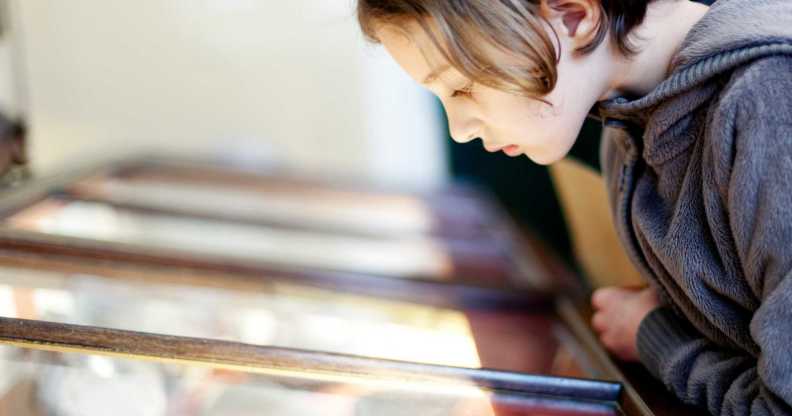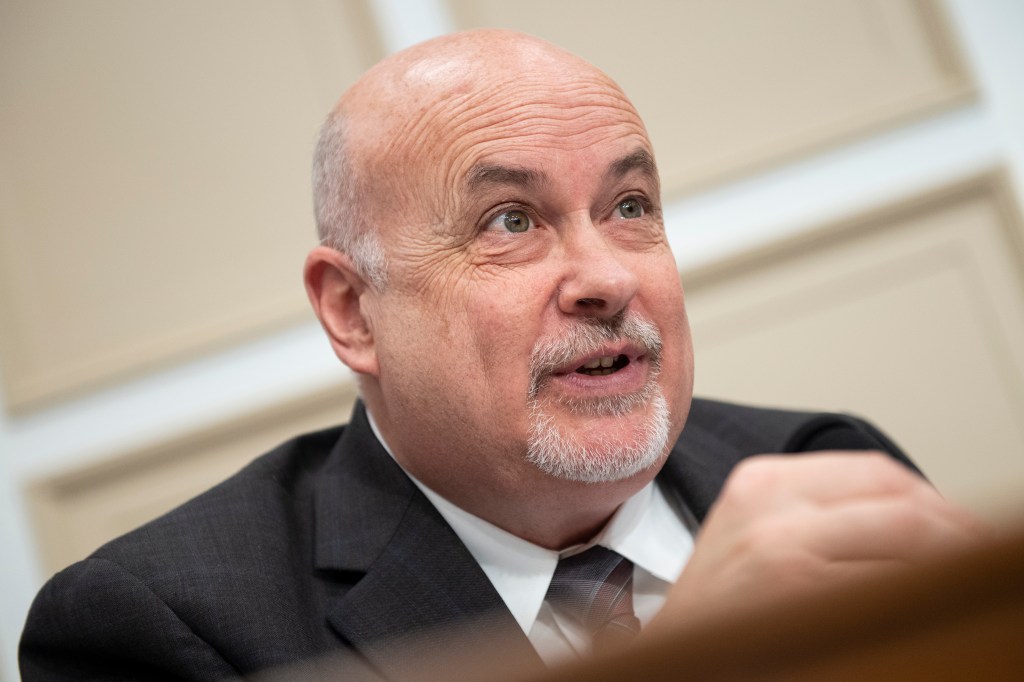US politician introduces bills to create American LGBTQ+ history museum

Mark Pocan has proposed bills to create an LGBTQ+ history museum (Canva)
As LGBTQI+ History Month comes to a close in the US, a politician has introduced bills aimed at beginning the process of creating a national museum dedicated to queer history and culture.
The two bills were introduced by openly gay Wisconsin Democrat Mark Pocan, who has campaigned for LGBTQ+ rights for a number of years and is also the chair of the Congressional Equality Caucus.
This is not the first time a national museum dedicated to the LGBTQ+ community in the US has been proposed. Back in 2013, former Smithsonian researcher Tim Gold and his husband Mitchell Gold were raising money for a museum of queer history, although the project did not come to fruition.
In order to create the National Museum of American LGBTQI+ History and Culture, the two bills would establish a commission to study the potential of creating the museum and then establish it within the Smithsonian Institution.
Both bills are required to be signed into law to create a new Smithsonian Museum.

“As our community faces unprecedented attacks and attempts to erase our history, we must preserve and protect our stories for future generations,” Pocan said in a statement.
“It is vital to remember our collective past – particularly when certain states, and even Members of Congress, seek to constrain and repeal existing rights by passing bills that harm LGBTQI+ youth and our community at large.
“Let’s tell these stories, the good and the bad, and honor the many contributions the LGBTQI+ community has made to this nation with a museum in Washington, D.C.
“I look forward to the passage of this legislation and to visiting this museum in the near future.”
The first bill would create an eight-member commission that consists of experts in museum planning and/or LGBTQ research and culture.
The commission would undertake an 18 month study to examine the viability of establishing the museum, whereby they would be required to develop a fundraising plan, look at the availability and cost of acquiring collections and submit a plan of action to Congress to establish and construct the museum – amongst other things.
After the commission completes its work and issues its recommendations, Congress would then consider the second bill which would formally create the museum.
How did this story make you feel?

